Trees are a vital part of our environment, providing shade, oxygen, and beauty. But sometimes trees need to be cut for various reasons, such as disease, safety, and construction. Tree cutting techniques vary depending on the type of tree, its size, and the purpose of the cut. This article will explore the various methods of tree cutting and provide tips for doing it safely and properly. Tree cutting is a process used to remove trees from a landscape or property for a variety of reasons.
Trees can be removed for safety, aesthetic, or environmental reasons. There are several different techniques that can be used for tree cutting, each with their own advantages and disadvantages. In this article, we will explore the different tree cutting techniques available and discuss which technique is best suited for different situations.
Felling:
Felling is the most common type of tree cutting and is used to fell a tree in one piece. This technique requires the use of a chainsaw or axe to cut through the tree trunk.It is important to use caution when felling a tree, as it can cause serious damage if not done correctly.
Limbing:
Limbing is the process of removing branches from a tree. This technique is commonly used to improve the aesthetics of a landscape or to reduce the risk of falling branches. Limbing can be done manually with an axe or with a chainsaw.Girdling:
Girdling is a technique used to kill a tree by cutting a complete circle around its trunk. This technique is often used when a tree needs to be removed but cannot be felled due to its size or location.Topping:
Topping is the process of removing the top portion of a tree in order to reduce its size and reduce the risk of falling branches.This technique can be done manually with an axe or with a chainsaw.
Cabling and Bracing:
Cabling and bracing is a technique used to provide additional support to trees that may be at risk of falling due to age, rot, or disease. This technique involves installing cables or braces around the trunk of a tree to provide additional support. Cables can help provide support for trees that may be leaning due to soil erosion or wind damage. Braces can also help support larger trees that may be at risk of tipping over due to weight or age.Both cabling and bracing can help prolong the life of a tree and reduce the risk of falling branches. No matter which tree cutting technique is chosen, it is important to ensure that all safety precautions are taken when performing any type of tree work. It is also important to choose the right technique for the job in order to ensure that the job is done properly and safely.
Advantages and Disadvantages of Different Tree Cutting Techniques
The advantages and disadvantages of each tree cutting technique depend on the specific situation.Felling
is often the most effective way to remove a tree, but it can be dangerous if not done properly.Limbing
is often used to improve the aesthetics of a landscape but can cause damage if not done correctly.Girdling is an effective way to kill a tree but can cause damage to other trees in the vicinity if not done properly.
Topping
can be an effective way to reduce the size of a tree but can also cause damage if not done correctly.Cabling
and bracing can provide additional support for trees at risk of falling but can also cause damage if not done correctly. When it comes to tree cutting, it is important to choose the right technique for each situation. Each technique has its own advantages and disadvantages, so it is important to consider these carefully and select the most appropriate option.With proper preparation and safety measures, tree cutting can be done effectively and safely.
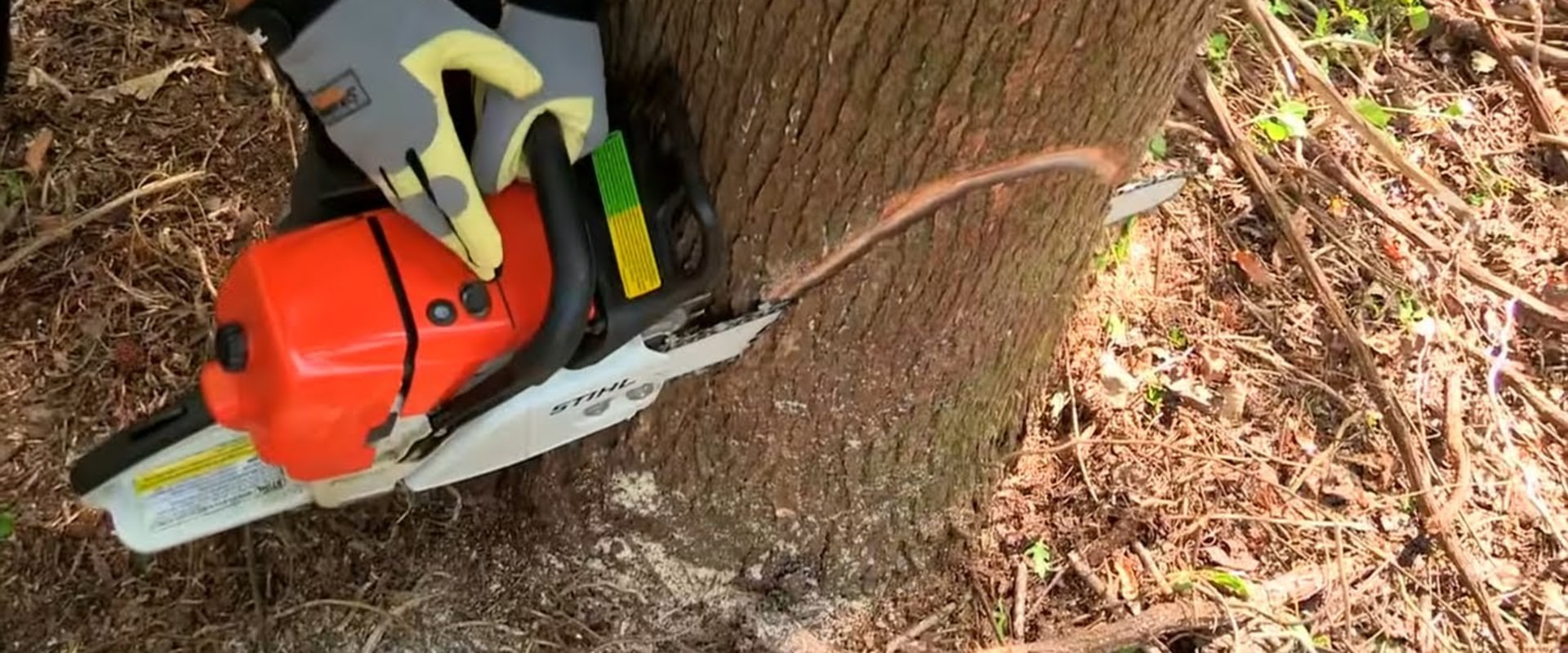
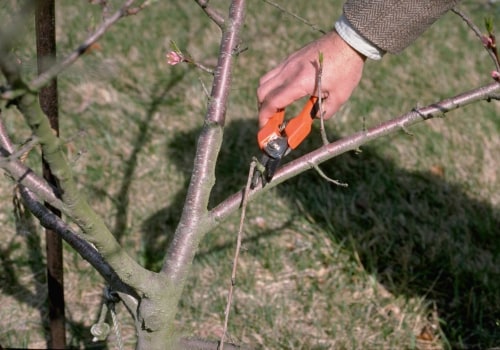
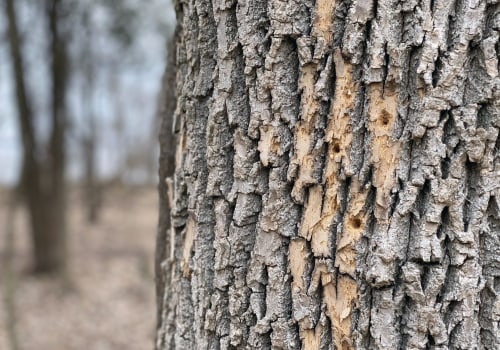
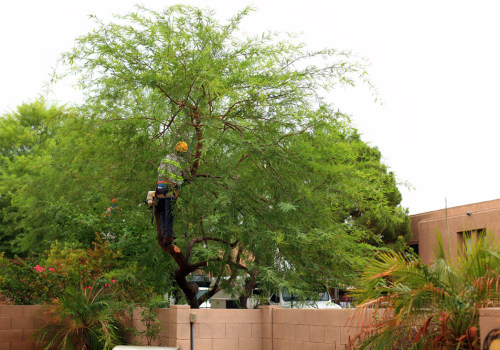
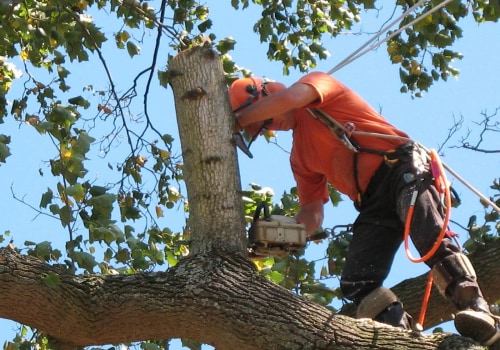
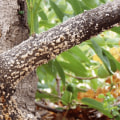
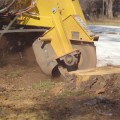

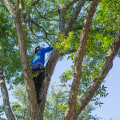


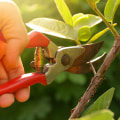
Leave Message